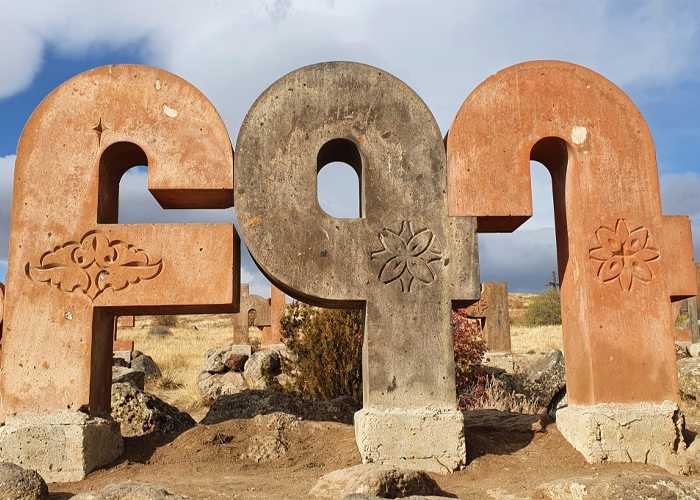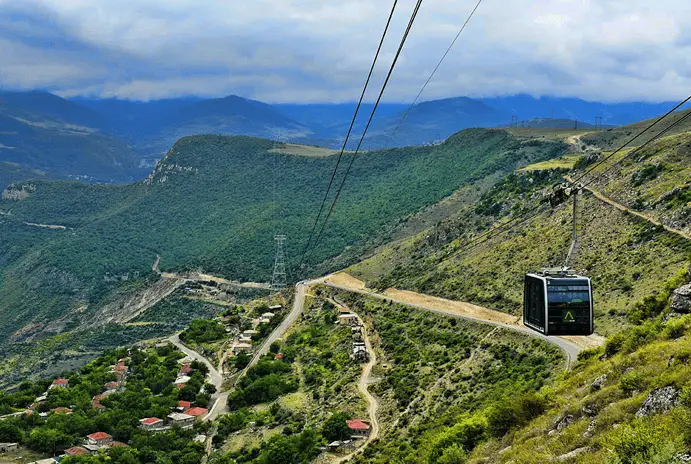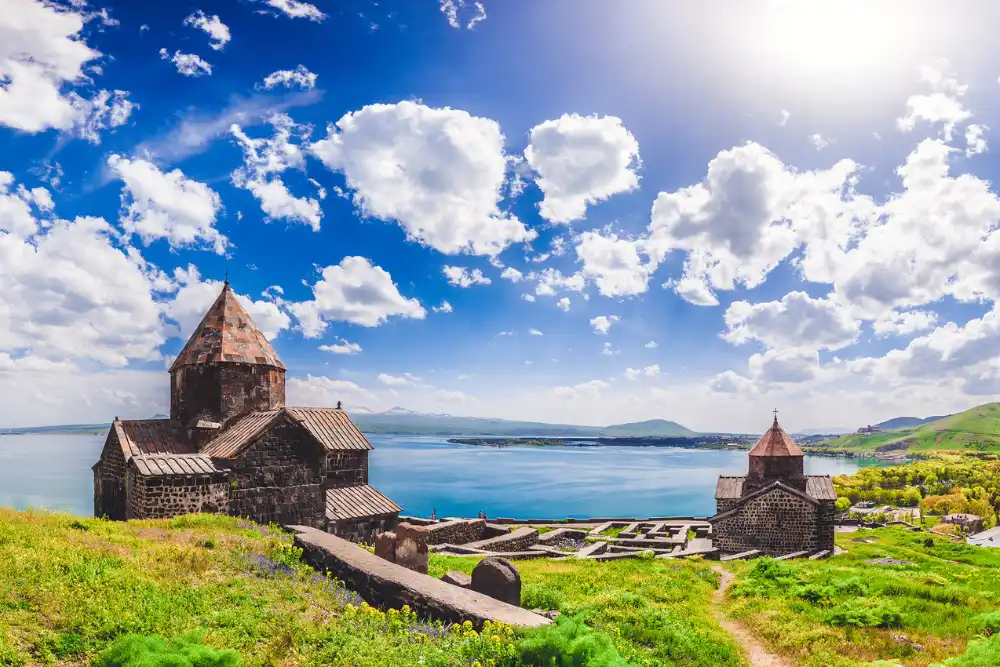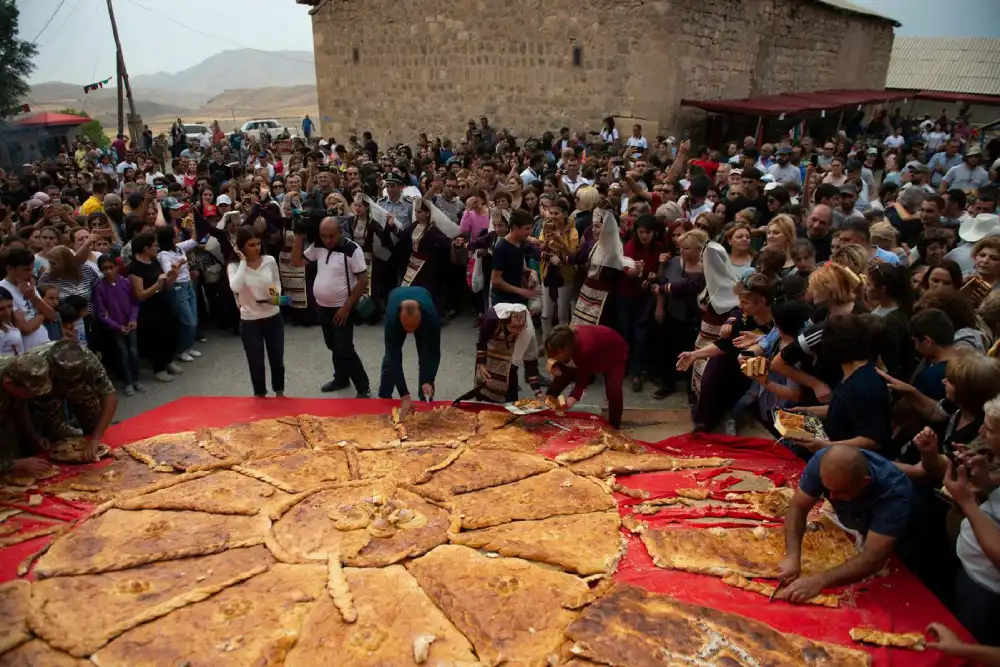A safe and history-rich country with deep traditions, Armenia remains largely unexplored by tourists. Now is the perfect time to discover it.
Discovering Armenia: Initial Impressions
Arriving in a new place, far from home and familiar culture, the differences are the first thing noticed: signs written in another alphabet, varying skin colors, constant heat, and more. As time passes, these differences diminish, revealing the essence of the place. This was the experience during the trip to Armenia.
Encountering the Armenian Alphabet
The first observation upon arriving at night was the unfamiliar alphabet. Armenia’s Indo-European language, sharing nothing with other languages, uses an alphabet created in 405 by Mesrop Mashtots. This alphabet, with 36 letters initially and later three more, is known for its completeness in sounds, making it easy for Armenians to learn other languages. Most people encountered spoke at least three languages: Armenian, Russian, and either Farsi, English, French, or Italian. Children learn three alphabets in their first three years of school: Armenian, Cyrillic, and Latin.
First Glimpses of Yerevan
Cascade in the capital of Armenia, Yerevan
Cascade in Yerevan is a lively area featuring a grand staircase that connects the city center with higher neighborhoods, offering spectacular views of Mount Ararat and Yerevan. Best visited from April to October, the staircase becomes a massive cascading fountain, and the streets are bustling with people in cafés and restaurants. Inside the Cascade building, the Cafesjian Center for the Arts hosts exhibitions, performances, and concerts. At the top, Victory Park features the imposing Mother Armenia statue, symbolizing readiness for defense and referencing the genocide.
Learning About Armenia’s Geography and Neighbors
Before departing, knowledge of Armenia was limited: it lies in the Caucasus, a region geographically separating and uniting Europe and Asia. On the roads, many Lada Zhiguli cars in varying conditions were seen, alongside numerous Mercedes, especially in the capital.
Historical and Political Context
Armenia borders Georgia to the north, Azerbaijan to the east, Iran to the south, and Turkey to the west. Two of these neighbors have been involved in terrible historical episodes in Armenia, “guilty” of being in a strategic position for resource passage. Turkey was responsible for the early 20th-century genocide, and Azerbaijan has contested the separatist region of Nagorno-Karabakh with Armenia for years. After the 2020 war, where thousands of young Armenians were killed, control of the last part of Karabakh, Artsakh, was taken in September 2023, displacing thousands in worldwide silence. Today, Armenia is a key ally for Iran to “bypass” the embargo. A week is not enough to cover all historical episodes, but it is enough to get an idea of its people.
Armenia: The Cradle of Christianity
Armenia is known as the cradle of Christianity, being the first country to adopt Christianity as its religion. The connection with religion is strong; the first letter of the alphabet represents the initial of the word God, and the last, the “Ch” of Christ.
Symbolic Sites and Historical Loss
In every monastery, the faithful light their own candle. Khor Virap monastery, near the Turkish border and opposite Mount Ararat, represents the beginning of Armenian Christian history. Mount Ararat, sacred to Armenians, is said to be where Noah’s Ark rested. Stalin, in the early 20th century, gave Mount Ararat to Turkey in exchange for Batumi on the Black Sea, now in Georgia: “It was our symbol, and we lost it,” the guide Arpine said. “We console ourselves with having the best view.” Her words reflect the nostalgia flowing through Armenians for a lost land. Piece by piece, war after war, massacre after massacre, Armenia today is a tenth of its size during its peak expansion, with many recent losses.












